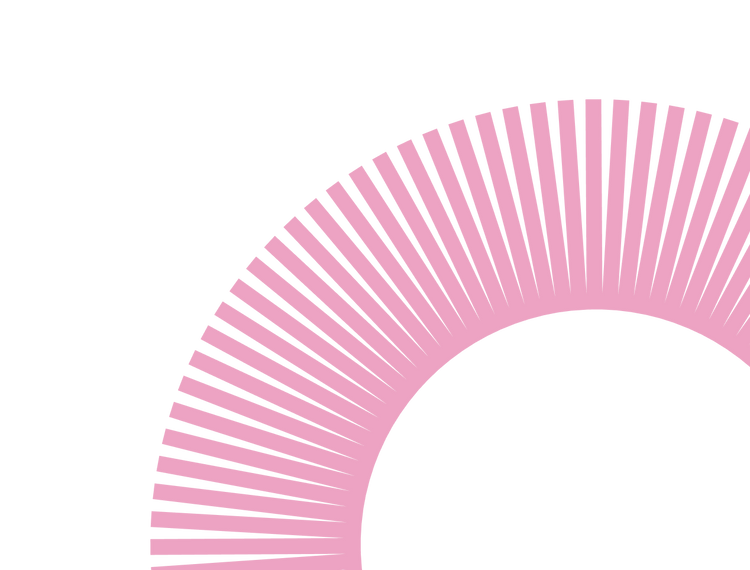Web Designer
A career as a Web Designer allows you to blend creativity with technical skills to create visually appealing and user-friendly websites. You'll work on layout, typography, colour schemes, and interactive elements to enhance user experience while ensuring functionality across devices. With businesses increasingly relying on their online presence, skilled Web Designers are in high demand across industries like e-commerce, marketing, and tech.
If you have an eye for design and a passion for digital creativity, this could be the perfect career path for you.
Explore your career as an:
Gender Split
Employment by State
Highest Level of education (%)
Age Brackets
*The information on this page is sourced from the Jobs and Skills Australia website, based on their occupational data collected in May 2024. Where job titles may not be exact matches, related job areas have been used. This data is intended as a guide only.
How to become a Web Designer?
To become a Web Designer, you’ll need a mix of creative design skills and technical know-how. Learning web design principles, mastering tools like Adobe XD or Figma, and gaining proficiency in HTML, CSS, and JavaScript can set you on the right path. Online courses make it easier to build these skills at your own pace, offering hands-on projects, industry insights, and up-to-date training to help you launch your career with confidence.









